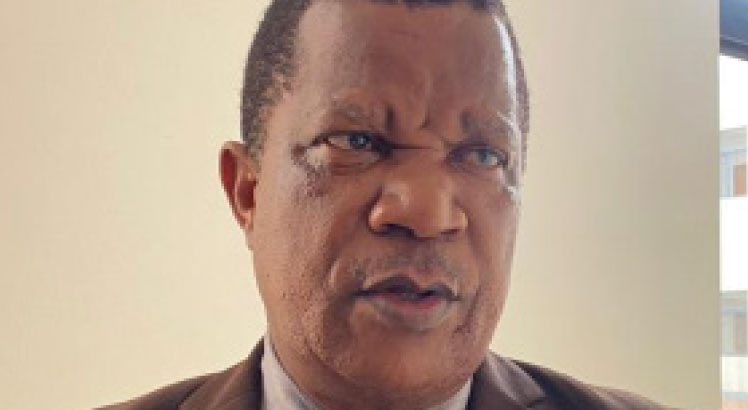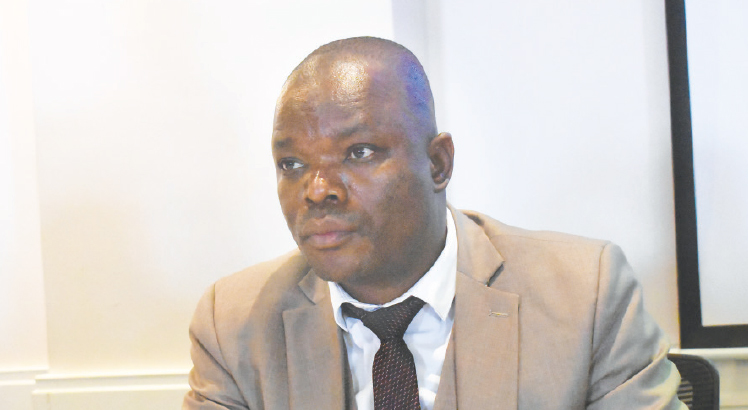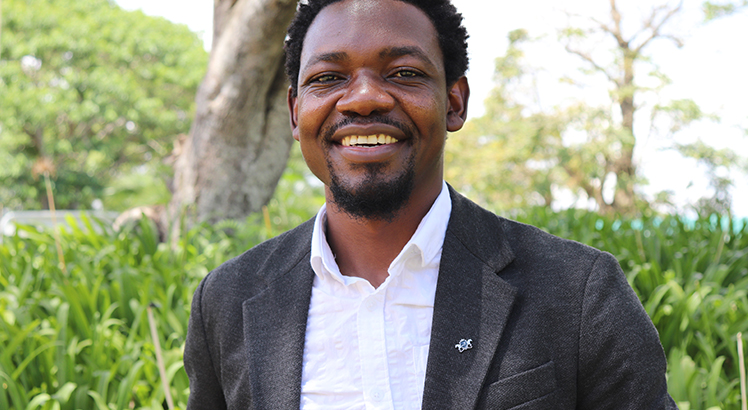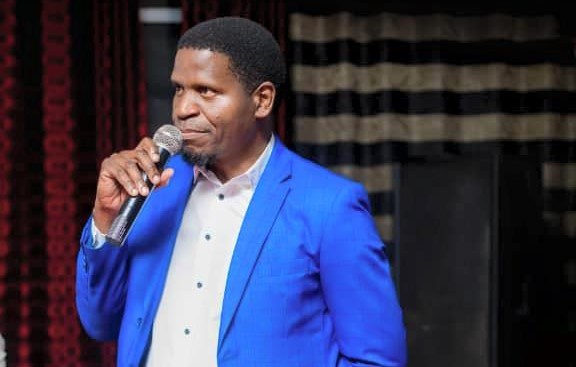‘Some infrastructure has outlived lifespan’

Dry taps are the order of the day in many locations in the country. During the dry season, water officials say low water levels are to blame, but when the rain falls, the blame is shifted to siltation that blocks water passage during the rainy season. Sometimes electricity power outages are also cited as a problem. Our staff reporter Samuel Chibaya caught up with Principal Secretary in the Ministry of Water Development Sandram Maweru who explains what the ministry is doing to solve the water problem in the country.
Q
How is the ministry planning to end water shortages in the country?
A
What we have done is that almost all water boards—Blantyre, Lilongwe, Mzuzu, Southern Region, Central Region, and Northern Region—are upgrading their water systems. Also, through a national water development programme, NWDP, we are looking at other sources of water. The water boards are sinking boreholes and we are also replacing damaged equipment such as at Walkers Ferry and Chileka because these used to have frequent breakdowns because of long stay. We have bought new pumps, meaning there will be greater improvements.
On top of that, we are increasing storage capacity. For example, we are building additional storage tanks in places such as Blantyre. We are also building similar tanks in Lilongwe at Chikungu to supply water to areas such as 23, 24, 36 where we are facing a lot of challenges. We are also upgrading various water treatments and storage systems so that when there is a breakdown, the water should not stop immediately.
QWhat are some of the major national projects on water?
A
We are planning to carry out a water resources master plan with the help of the Japanese Government. In this study, we are going to map out all the water that is found in Malawi, whether it is on the surface or underground. This is going to give us a clear view of the water situation. This is not a first study to be done; we are simply updating an earlier study.
Q
How will this study benefit the nation?
A
It will help us in planning as we will be able to determine, for example, where to build water reservoirs but also knowing the extent of expanse of ground water in the country.
Q
What happened to the efficient water system the country had in the past?
A
There are a number of factors, but I can put them into two categories. One is technical, which comes in the sense that these schemes were done so many years back so some of the infrastructure has outlived its lifespan. Then there is environmental degradation. You find an intake that was able to supply water to a particular place is now failing because the environment had been heavily degraded. While in those days, the environment was clean, we would put up a water scheme in an area that was clean and needed no treatment system but now due to degradation there is a lot of pollution and we need to put a treatment system. You find there is a lot of siltation, people have cultivated upstream, and there is a lot of fertiliser being dumped into streams.
Q
What is the second factor?
A
The other issue was managerial; people thought the schemes were for government so they were negligent. Whatever was happening, they were saying, “government will [sort it out]; even replacing a tap that would cost maybe K2 000, in those days maybe K200 or K400, you would find water spilling without the beneficiaries fixing it. That was an issue to do with capacity, so right now we are rehabilitating the schemes and at the same time we covering the issues of management by forming water users associations (WUAs) where we are training the locals to own and care the schemes.
Q
What is the role of the ministry in all this?
A
The Ministry works in the background but the WUA boards have to work on their own in conjunction with their respective district councils. We don’t want in the future to come back and rehabilitate the water schemes that we are rehabilitating right now.
Q
There have been reports that Lilongwe River, the source of water for the capital city is fast drying up. What is the situation?
A
It is indeed true that the river is slowly drying up and it is estimated that by the year 2035 Lilongwe River will be no more.
Q
So, what should the residents expect?
A
Right now, we have identified an alternative source of water and that is at Diamphwe River running through Dedza district. We have done the detailed designs for the water reservoir and all we need are funds to start the actual construction works.
Q
There are controversies surrounding Diamphwe site where villagers are not happy with the project to the extent that they chased your ministry officials with panga knives and sticks.
A
Of course it is true that some officials were chased; the people there were not happy but after several discussions, we have managed to convince them and they have accepted. So we no longer have such challenges.
Q
Has this matter been resolved?
A
Of course it is true that some officials were chased; the people there were not happy but after several discussions, we have managed to convince them and they have accepted. So we no longer have such challenges.
Q
What about the other cities—Blantyre, Zomba and Mzuzu?
A
For Blantyre, we are also looking at alternative sources such as Mombezi River in Chiradzulu or Mulanje Mountain. As for Zomba, it is well taken care of by the Mlunguzi Dam, while in the North, we are also [searching] for alternative sources of water.






Hey there. I ran across your site use of yahoo. That is a really nicely written post. I will be guaranteed to save them and are available time for find out more of your respective tips. We appreciate you the actual publish. I will undoubtedly come back.